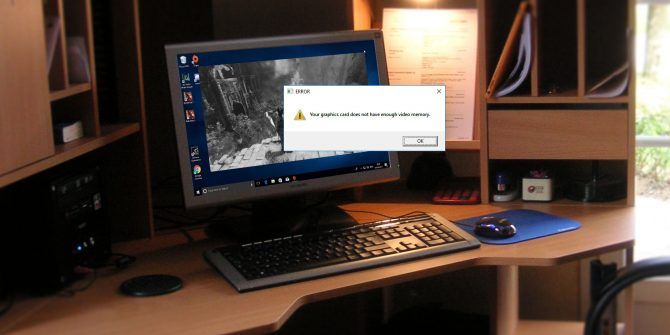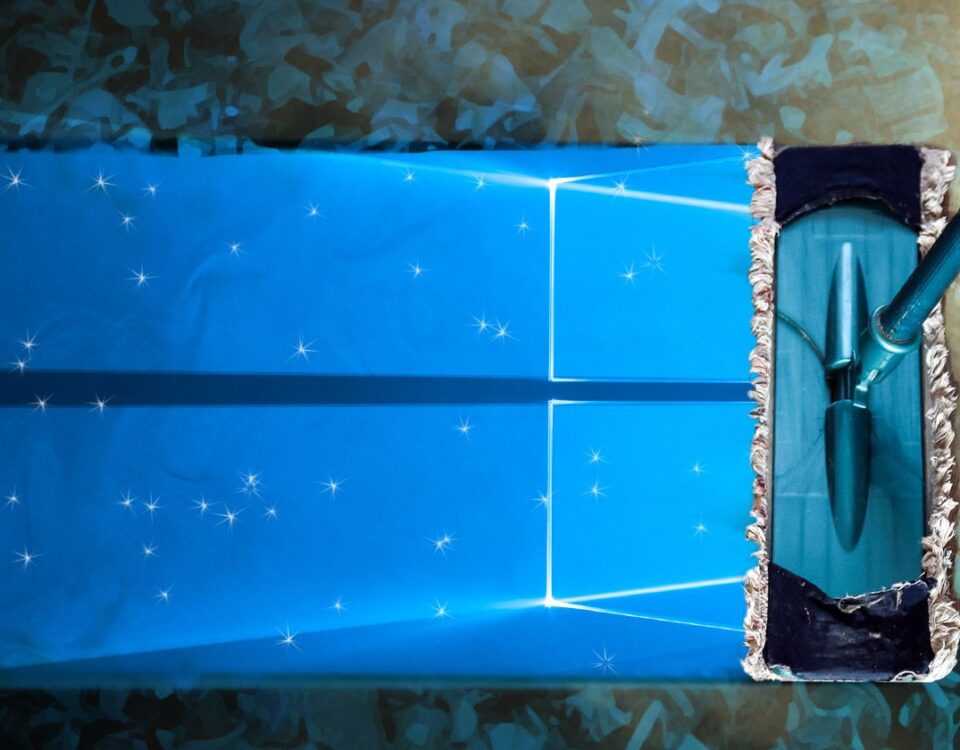
Windows 10 Taskbar Not Working? 8 Common Issues and Fixes
21 marzo, 2021
5 Ways to Change the Mouse Pointer Color and Size in Windows 10
21 marzo, 2021How to Start Watching HDR Content on Windows 10

Cómo comenzar a ver el contenido de HDR en Windows 10
When it launched in 2017, HDR on Windows 10 was a mess. The hardware was still in its infancy, HDR-capable apps were few, and HDR content was lacking.
While the display technology has caught up to meet the HDR standard and there is significantly more content, the software experience on Windows 10 is still not ideal.
Fortunately, you can fix most of the issues that plague HDR on Windows. Let’s look at the things you need to get HDR up and running on your PC.
What Is HDR and Why Should You Care
High Dynamic Range (HDR) enhances visual quality by improving contrast, preserving detail in challenging scenes, and displaying a wider color gamut.
In other words, when you play a movie that supports HDR on an HDR-capable display, you will see more vibrant colors, and notice details that you would have missed otherwise. Details such as foliage in a dark forest or the texture of a building on a bright sunny day are harder to spot in Standard Dynamic Range (SDR).
HDR enhances the difference between light and dark scenes. So, the whites appear whiter, and the blacks appear blacker. This pronounced difference between light and dark preserves details and produces truer colors.
This was a simple explanation of HDR and its benefits. There are several other things you need to be aware of. For example, you need to know the differences between Dolby Vision and HDR10 both of which are HDR specifications.
Things You Need to Make HDR Work on Windows 10
HDR requires hardware and software that supports the standard. The following are the things that you must have before you can run HDR content on your PC.
A Dolby Vision or HDR10-Capable Display
First, you need a TV or a monitor that supports Dolby Vision or HDR10. There are plenty of monitors on the market that claim to support HDR, but not all of them are worth buying.
For instance, cheaper displays often advertise themselves as “HDR400-capable”. While these displays are HDR-capable, by definition, they are not that different from SDR displays. HDR400 displays can only output 400 nits of brightness while lacking any form of Local Dimming.
Technically, a display brightness of 300 nits or more is all you need to run HDR on Windows. But experts and users alike recommend 1000 nits of brightness with Full Array Local Dimming to get the best HDR experience.
So, do your research before choosing an HDR screen. Whether you should look for a Dolby Vision display or an HDR10 one, the best HDR TV screen will depend on your needs.
A Graphics Card That Supports HDR
You need a graphics card that supports HDR and PlayReady digital rights management. Most modern GPUs, integrated and discreet, can output HDR content and support PlayReady.
If you are running older hardware, make sure that you have an Nvidia GTX 950 or beyond like the 10-series, 16-series, and RTX 20-series.
For those using AMD graphics cards, you are in luck if you have Radeon R9 380 or anything beyond like the RX 400, RX 500 series, and their high-end Vega graphics cards.
For integrated GPUs, you need a 7th Gen Intel Kaby Lake processor or beyond.
The Right Cable
Not all cables are the same. There are differences between an HDMI cable and a DisplayPort cable. Both can work for HDR if you buy the right one.
For an HDMI cable, make sure you get an HDMI 2.0 cable. Otherwise, if you want 4K 120Hz with HDR, you will need an HDMI 2.1 cable.
Similarly, if you are using a DisplayPort cable for your monitor, make sure that you are using DisplayPort 1.4 or better.
You can also use a USB-C that supports DisplayPort Alt Mode. A USB-C DisplayPort Alt Mode allows your PC to send a DisplayPort signal over USB-C. Of course, your PC needs to have a USB-C port, preferably a Thunderbolt 3 port, to output a DisplayPort signal.
Unfortunately, there is no clear way to determine whether your PC’s USB-C can output a DisplayPort signal. The easiest way to go about this is to check the manufacturer’s website or the official spec sheet of the hardware.
Additionally, if your monitor doesn’t have a USB-C port for display-in, you will need to use a USB-C to DisplayPort adapter.
HDR Content
Finally, hardware means nothing if you don’t have the right content to view. Regular content like TV shows, old movies, and games are in Standard Dynamic Range (SDR).
You need HDR content to take full advantage of an HDR-capable PC and display.
How to Get HDR Working on Windows 10
Before you can start enjoying HDR, you must make sure that everything is in order.
First, update Windows if there are updates available. Similarly, update the GPU drivers, games, and streaming apps.
For HDR output to external displays, Windows recommends version 1803 or later. For HDR output to an integrated display on a laptop, Windows version 1903 or later is recommended.
Next, enable HDR mode in both the Windows and the screen’s display settings. For the display settings, consult the manual or the manufacturer’s website for detailed instructions.
For Windows, go to Settings > Apps > Video Playback. Look under Display capabilities and there will be details telling you if you can stream HDR video and play HDR games.
If your display is HDR-capable, there will be two switches namely Play HDR games and apps and Stream HDR video. Toggle both switches on.
Common Problems With HDR, and How to Fix Them
Windows 10 still has a lot of issues with HDR. Some of the most common ones are down below.
Black Screens or No HDR Output
Issues like black screens or a failure to turn HDR on are pretty common. In such cases, make sure the cable you are using is the right one. Always use a high-quality cable and have a spare on hand. If HDR is not turning on, try a different cable. If it still doesn’t work, try a different port.
You can also try resetting your PC and display.
Issues With Streaming HDR Content
Services like Netflix offer HDR movies and TV shows. Such programs indicate whether you can play them in HDR or not through a badge. If you don’t see an HDR badge, chances are you don’t have an HEVC codec installed.
Download and install the HEVC Video Extensions from the Microsoft Store. Unfortunately, you will have to pay a small fee for it.
Don’t forget to restart your computer afterward.
That said, you don’t need to install the HEVC Video Extensions if you are looking to play locally stored movies.
Download: HEVC Video Extensions ($0.99)
Games Not Running in HDR Mode
While some games can turn HDR on automatically, most games need you to manually turn it on from the game settings and the Windows Settings.
A simple fix is to always leave HDR enabled. But laptop users won’t like it since it hits the battery life quite hard.
Give HDR on Windows a Try
Windows 10 has come a long way when it comes to HDR. But Microsoft still has a lot of issues to fix. However, the issues shouldn’t discourage you from giving HDR a try.
Set up your monitors and screens exactly right. Make sure everything is compatible, have some good movies to watch or games to play, and HDR will be a treat for your eyes.
Read Next
About The Author





